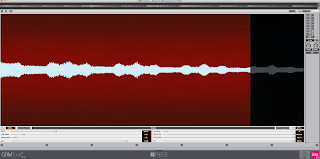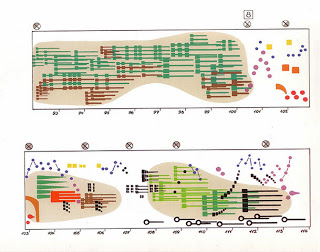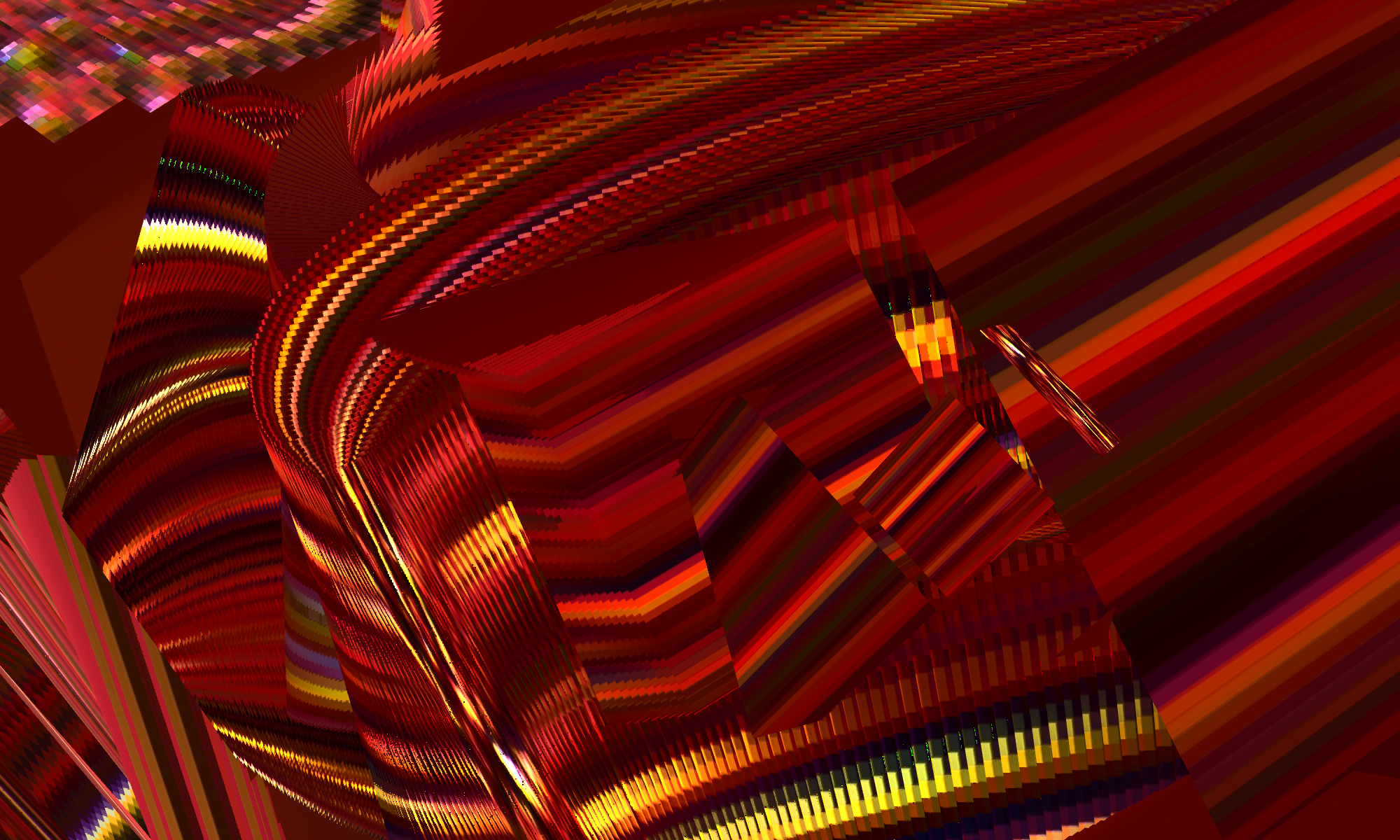
The Sonic Arts program, while anchored in the tradition of Music Concrete, encompasses a wide variety of artmaking practices. These practices not only include sound composition but also include visual forms such as graphic notation, oscilloscopic translation of sound, experimental performance, and body art. Vibrational forms mapped out by science such as Cymatics (the movement of material by sound waves), generative systems that intone data, and multichannel works that allow vibration to draw attention to specific locations. Sculptural forms such as experimental instrument construction, speaker art (a form of assemblage), and site-specific sound works also play a large role in Sonic Art. Traditional forms of audio/video are also explored, these include soundtracks for video, foley sound, soundtracks for dance, and sound for theater. However, more than any other form, Sonic Arts involve the vast expanse of compositional practices that support pure aural experience. These forms include acousmatic composition, electronic music, radio play (horspiel), ambient music, free improvisation, Deep Listening (as developed by Pauline Oliveros), noise composition, and electronica. There are many other aural forms and Sonic Art students are encouraged to explore as many as possible. Sonic Art also provides students with experience in analog and digital sound synthesis, multichannel sound editing (often called surround sound), sound deconstruction, glitch composition, and midi research (such as MAX MSP).


